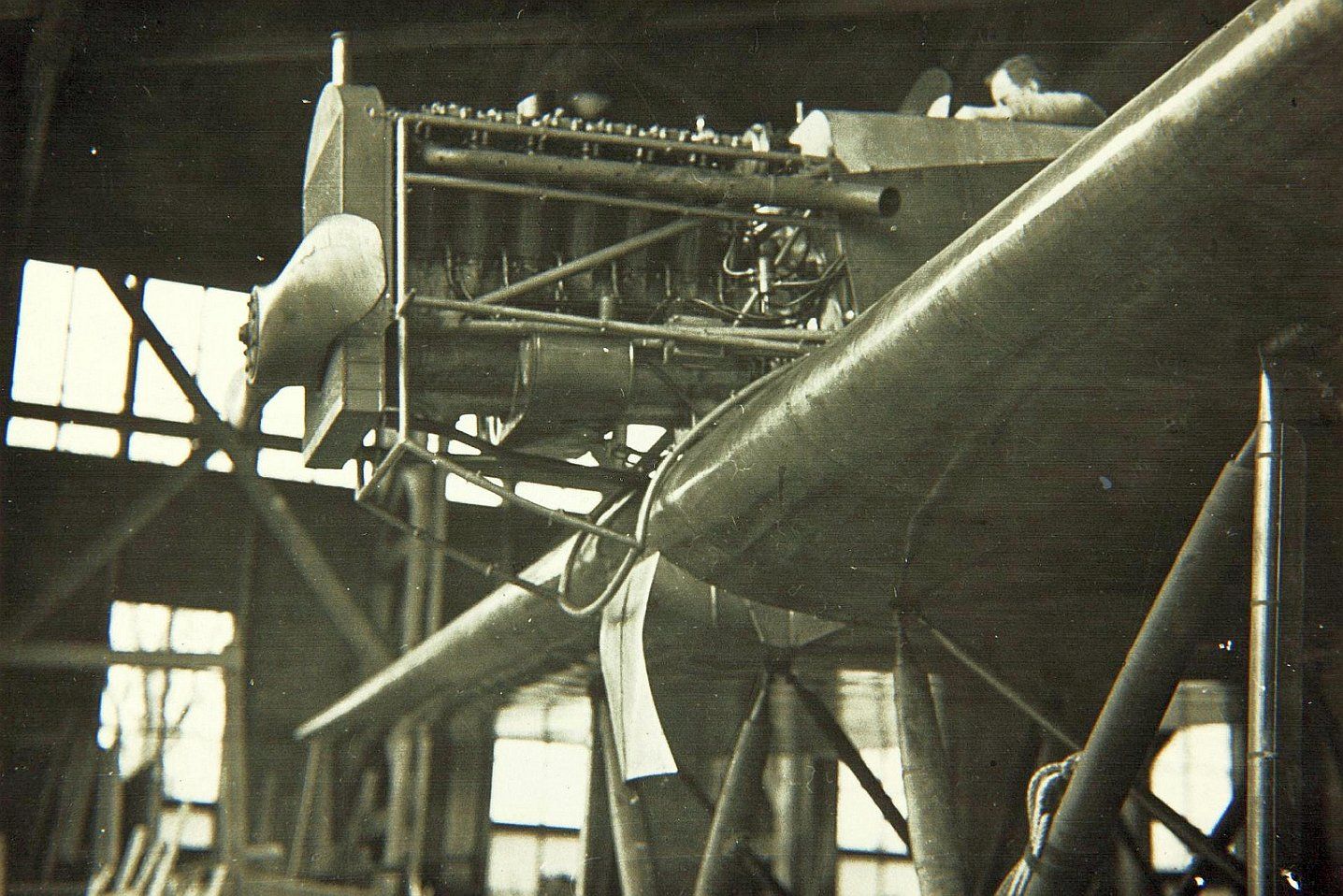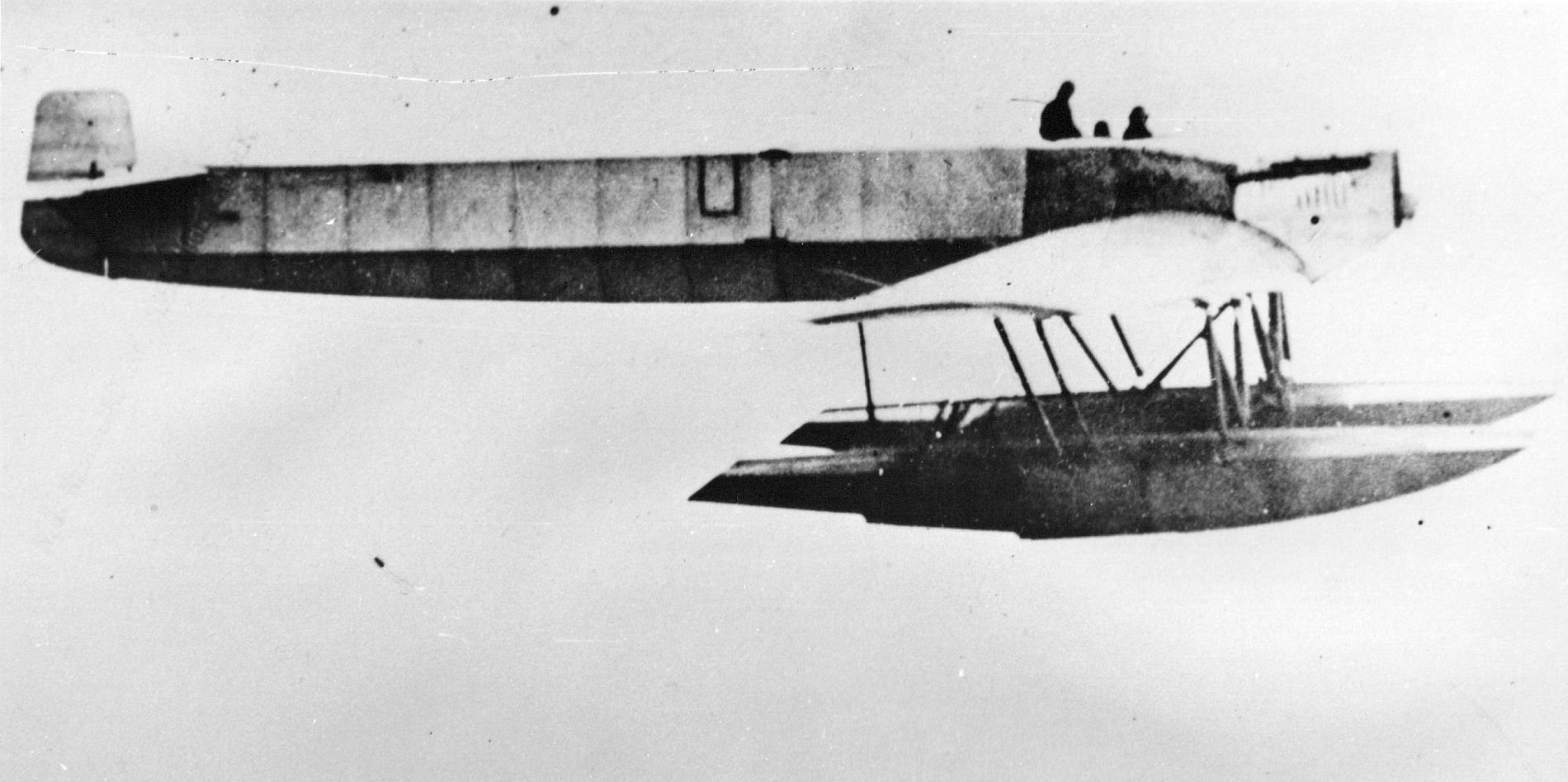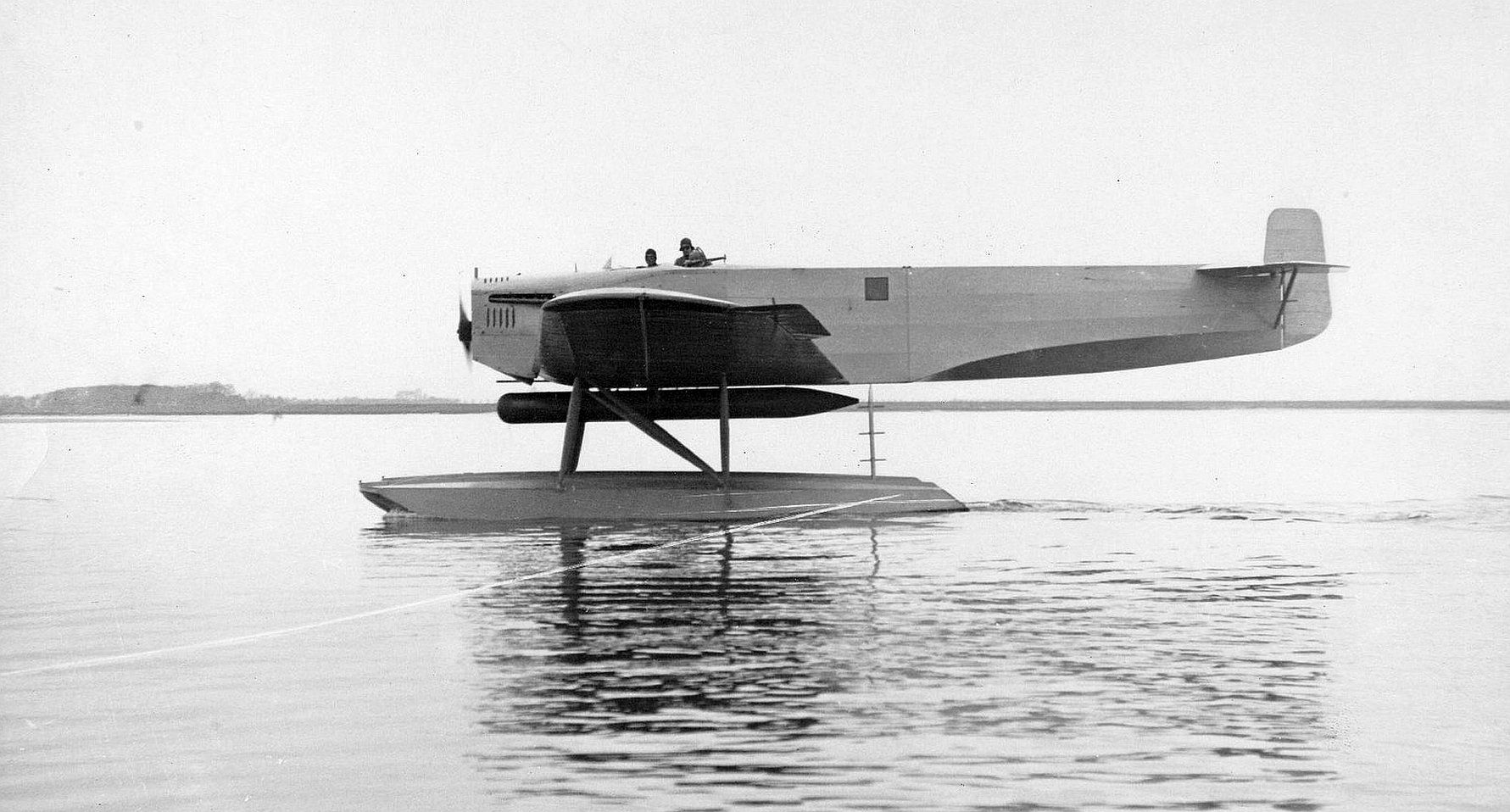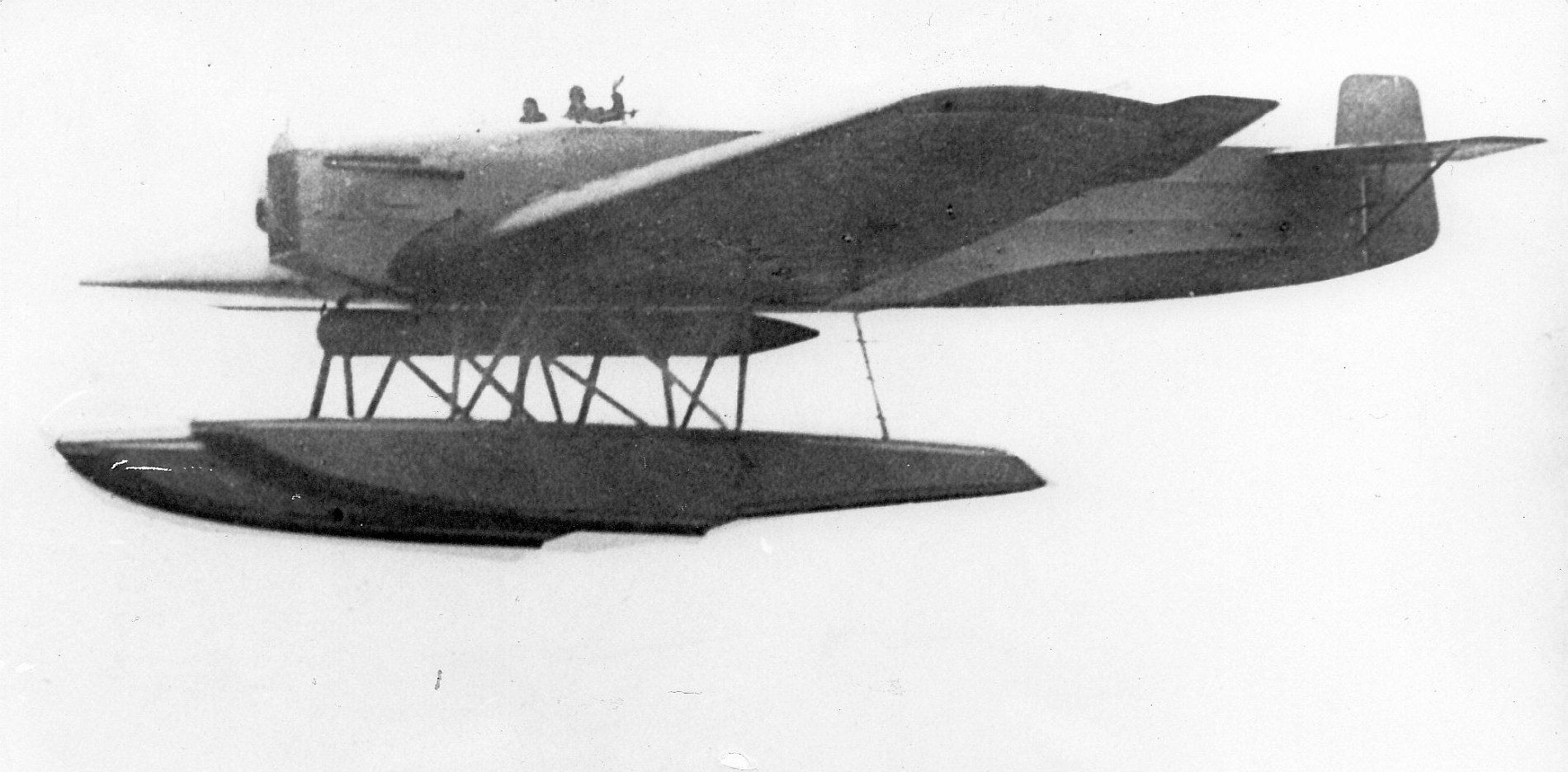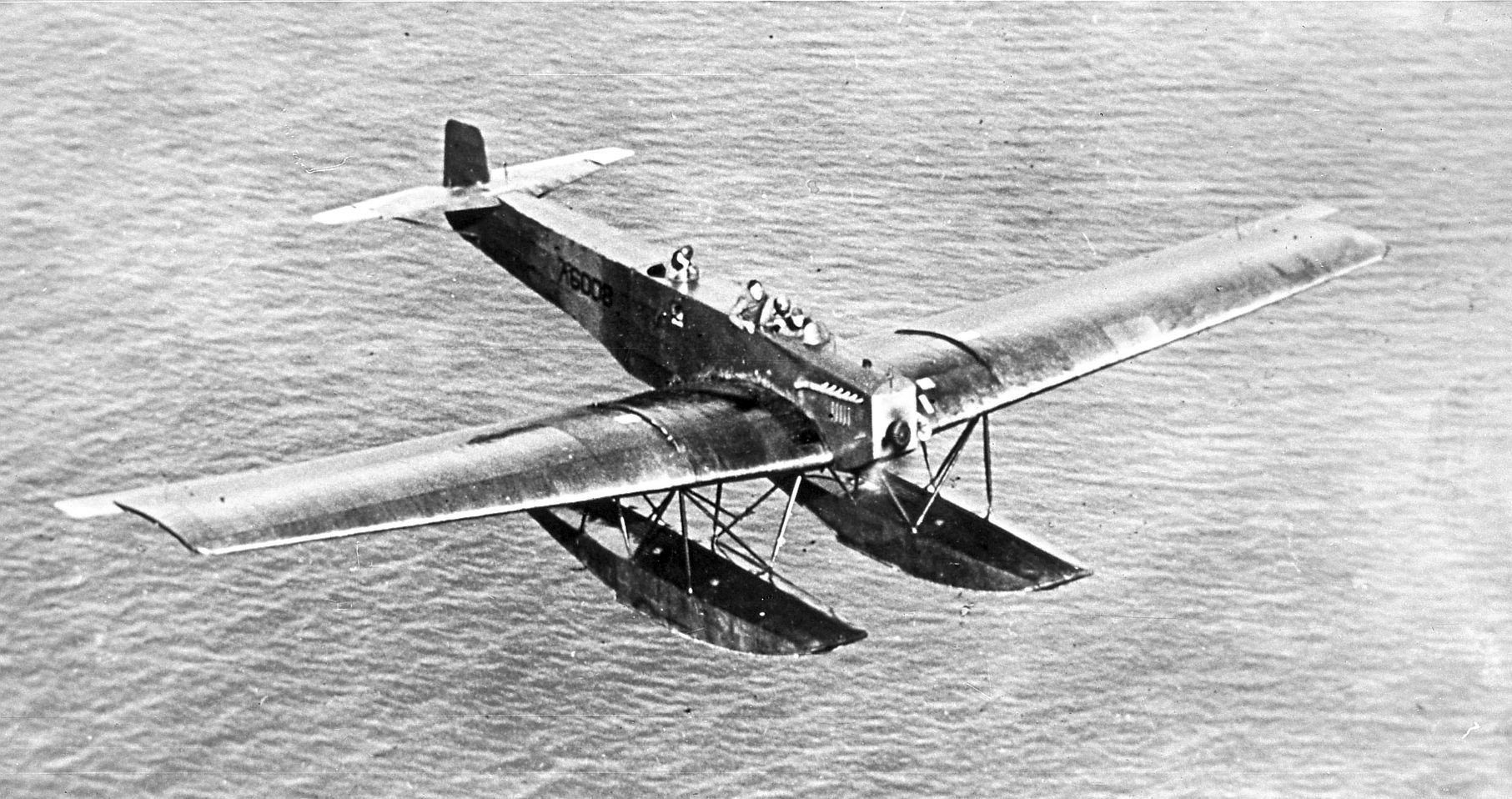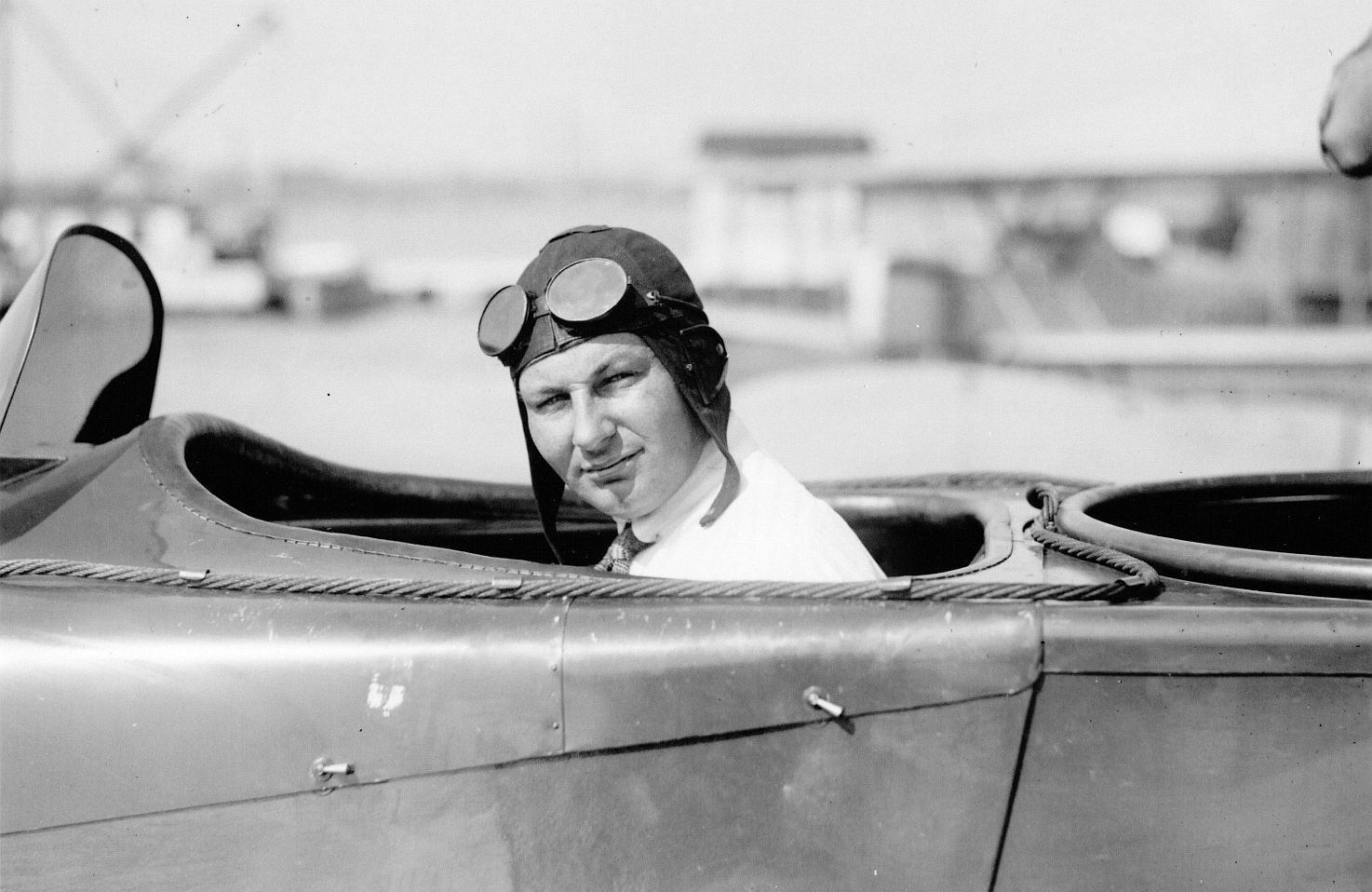The Fokker T.I and T.II
A third order that Fokker received during his first visit to America concerned a torpedo plane for the US Navy.
Three of these were ordered under the designation FT Seaplane.
The Navy already had a number of orders outstanding with various factories for a torpedo plane but wanted to make a choice.
The first Fokker design for this would have been the T.I. The improved version was put into production as the T.II in Veere.
On January 22, 1922, the first aircraft was ready for test flights, without a torpedo.
Fokker soon ordered the fuselage to be shortened by 90 cm to improve the poor performance.
When General Mitchell of the Army Air Service visited Veere in early March 1922, the fuselage was shortened by another 90 centimetres after a demonstration.
At the beginning of June, the first aircraft was shipped to America via Antwerp, while the completion of the other two aircraft had yet to begin.
When Fokker was in America for his second visit in July 1922, he successfully flew the T.II himself on 8 July at the Naval Air Station Anacostia. However, the contractual demonstration with a torpedo did not take place. When other pilots tried it after his departure, the aircraft did not come out of the water.
The Navy declared the Douglas DT the winner of the comparative trials and placed orders for the type.
They also wanted to get rid of the order to Fokker, which was successfully contested when it turned out that they had neglected to move the floats of the FT a bit forward after shortening the hull. Afterwards, the FT did meet the contract conditions and the two other FTs were also delivered in mid-1923.
After that, the aircraft were used sparingly until 1927. Only the third aircraft, which had been converted into a transport aircraft, was sold in 1928 and registered as a civil aircraft for a few more years.
Click on the photo to enlarge the photo





